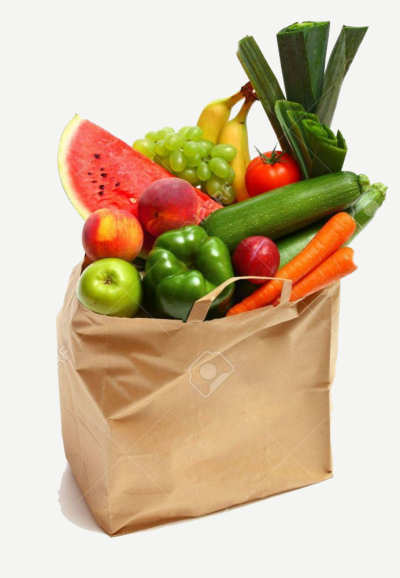By Jean Blish Siers *
 I just got home from grocery shopping. My big cloth bags were heavy on avocados, cara cara oranges, salad greens, hothouse tomatoes, peppers, and cucumbers (something needs to pep up my salads until the real stuff starts coming in!) I had potatoes, onions, and garlic. I had celery and carrots and a big old cabbage. It can get expensive, but eating a healthful diet matters: It’s proven that those who eat more fruits, vegetables, and whole grains have lower incidences of heart disease, diabetes, obesity, cancer, and many other chronic illnesses.
I just got home from grocery shopping. My big cloth bags were heavy on avocados, cara cara oranges, salad greens, hothouse tomatoes, peppers, and cucumbers (something needs to pep up my salads until the real stuff starts coming in!) I had potatoes, onions, and garlic. I had celery and carrots and a big old cabbage. It can get expensive, but eating a healthful diet matters: It’s proven that those who eat more fruits, vegetables, and whole grains have lower incidences of heart disease, diabetes, obesity, cancer, and many other chronic illnesses.
But a 2013 joint study by Harvard and Brown universities found that purchasing those foods costs an additional $550 per year. While we can all agree that low-income families need to eat more healthfully, that can be tough to do when the additional cost makes it out of reach.
An innovative project in Southern California seeks to remedy that situation. Called Mas Fresco (or More Fresh in English,) the program, administered by The University of California – San Diego, matches produce purchases dollar-for-dollar, up to $40 for low-income families receiving food stamps. That gives parents a financial incentive to purchase nutritious produce for themselves and their children and, in turn, helps those children begin to establish healthy eating patterns early, when it really matters.
Aimed at Latino families, the program acknowledges that the foods many of them ate in the home countries – avocados, artichokes, bananas, mangos, etc. – are dramatically more expensive here than back home. An extra $10-$40 per month goes a long way towards providing those good and familiar foods.
Other programs also seek to get fresh produce to those who couldn’t afford it. Many farmers markets, for instance, now accept Electronic Benefit Transfer (EBT). SNAP recipients can use their SNAP debit card to purchase eligible products, primarily produce, from vendors. It’s a win-win: low-income families have access to better, fresher foods, and farmers are able to sell their goods directly to those who need them. Currently, there are markets in all 50 states accepting EBT, and in 2015, $19.4 million in SNAP benefits were spent at markets.
As wonderful as these programs are, they’re a drop in the bucket compared with the need in our communities. Not everyone lives near a market accepting EBT. Most people using SNAP can’t receive matching dollars for produce. Gleaning organizations such as Society of St. Andrew work hard to reach those under-served communities. But even that feels piecemeal. Because we work with a harvest calendar, folks aren’t always getting a consistent year-round supply of food. And the need is always greater than what we can provide.
Until a policy shift helps provide all low-income households with the money they need to buy good produce and other nutritious foods, SoSA and other agencies like us will have to continue working hard to meet that need. Eating well matters, to our families and to our communities.
* Jean Blish Siers is SoSA’s area gleaning coordinator in Charlotte, North Carolina.
MAR
2018

